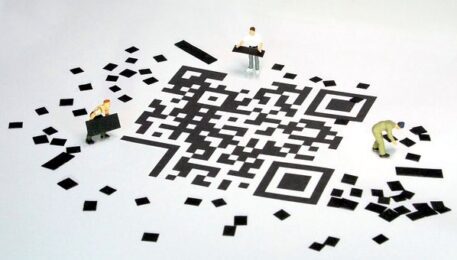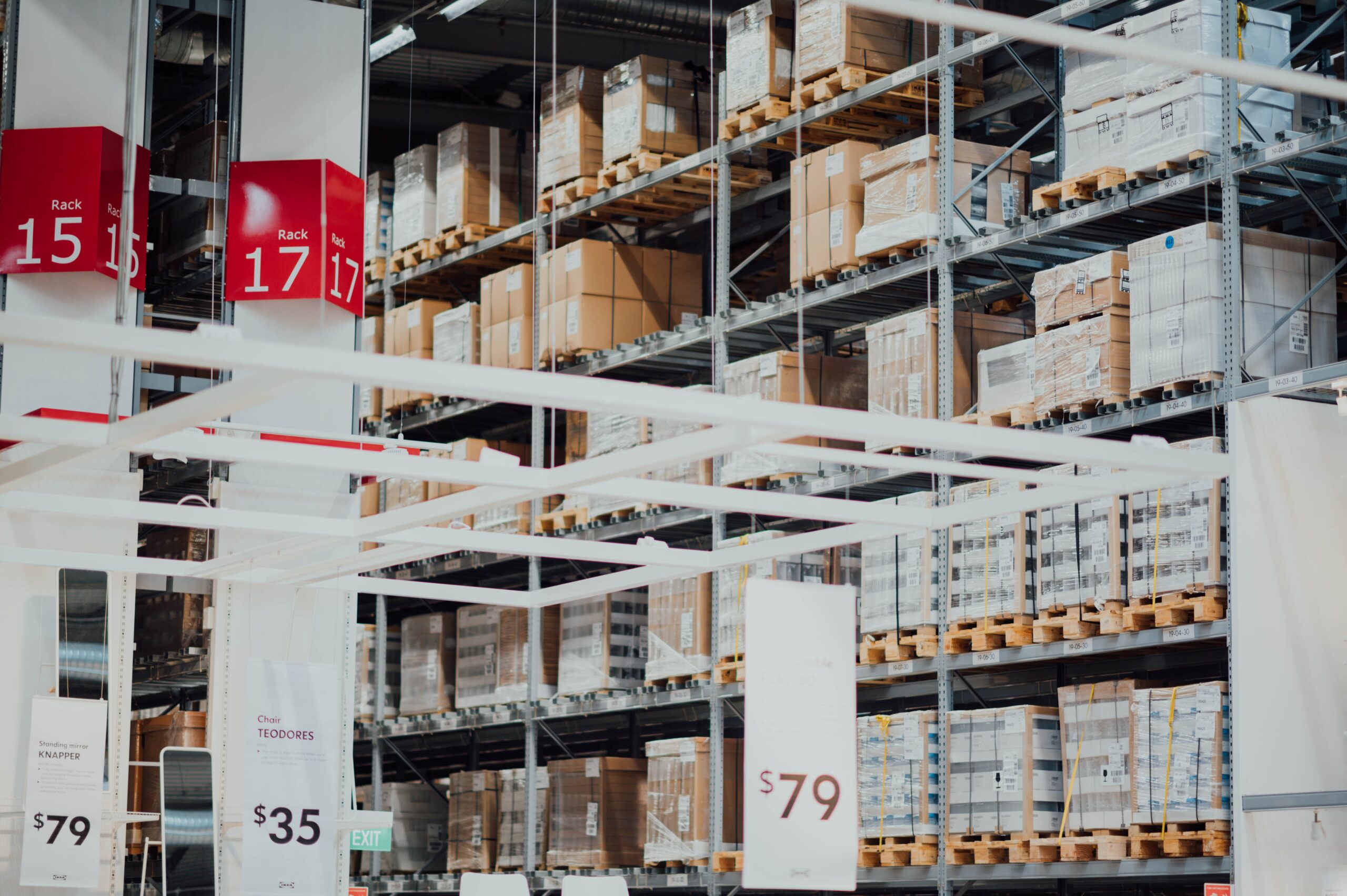Barcodes are digitally encrypted information linked to data files in your system. Think of it as a tech-savvy language that only you understand. Each character designates different information and symbolizes a separate message. They are used to decrease manual input and enhance your productivity.
Choosing a form of barcode that best suits your needs might be complicated because there are several types available with unique applications.
Want to learn more about barcodes and how to use them for your particular industry? Don’t worry because we have you covered. Continue reading as we discuss different types of barcodes and their applications.
![]()
What are the Most Common Types of Barcodes?
1. Code 39
Code 39 is one of the most commonly used and oldest barcodes, widely used in healthcare, electronics, and government agencies. It is an alphanumeric, 1D, lineal code that can contain all 128 ASCII characters. It allows the use of both characters and numbers.
The premise was only able to encode about 39 characters, hence the name. But now, that figure has increased to 43. Code 128 might be a better option if bandwidth is an issue.
2. Code 128
These high-density compacts barcode are derived from the character set of ASCII 128 (0–9, A–Z, a–z, and certain special characters). It is widely used in shipping and packaging applications all across the globe.
The ability to store high-volume information tightly makes Code 128 stand out among all the other barcodes. These barcodes are perfect for identifying shipping or boxed containers and objects since they can hold crucial linear information.
3. GS1- 128
This barcode was developed as a data carrier to make it easier for organizations to send information to one another. It comes with a collection of identifiers that allow it to describe the meaning of the data and encode it.
4. Codabar
Codabar is a simple-to-use form of barcodes – primarily observed in application in logistical and medical professions, including FedEx, picture shops, libraries, and American blood banks. Its key advantage is that it can be created manually because it is easy to print.
As a result, people can generate several Codabar codes by employing a series of consecutive integers without a computer. With an additional four start/stop characters, Codabar is a unique, self-checking symbology that can encode up to 16 characters.
5. EAN-13 and EAN-18
These barcodes are frequently used in Europe on consumer goods such as food, shoes, and clothing. Both EAN-13 and EAN-8 have 13 and 8 digits, respectively. The latter is beneficial for scanning items like confectionery with limited label space.
6. ITF-14
ITF-14 is a hybrid of logistical and point-of-sale barcodes. These barcodes are typically used for transactions involving non-POS (point of sale) products. They are capable of handling high printing tolerances and employ a 14-digit identifier.
ITF-14 is useful if you need to print barcodes on cardboard.

Bottom Line
You require a solid comprehension of barcodes and their various applications to successfully sell in retail stores or e-commerce sites, track your assets or inventory, or use them for other purposes relevant to your niche. Thus, it is important to research and choose a barcode that complements your business’s needs.
Photo by CHUTTERSNAP on Unsplash


